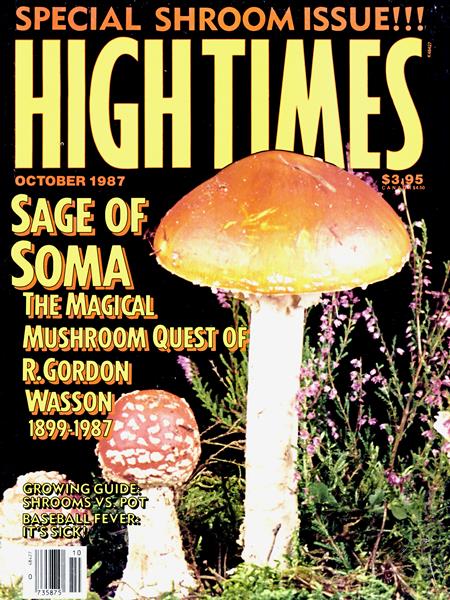“There is a world beyond ours, a world that is far away, nearby and invisible. And there is where God lives, where the dead live, the spirits and the saints, a world where everything has already happened and everything is known. That world talks. It has a language of its own. I report what it says. The sacred mushroom takes me by the hand and brings me to the world where everything is known. It is they, the sacred mushrooms, that speak in a way I can understand. I ask them and they answer me. When I return from the trip that I have taken with them, I tell what they have told me and what they have shown me.”
Thus does the famous Mazatec shaman, Maria Sabina, reverently describe the godgiven powers of the intoxicating mushrooms that she uses in her ceremony that has come down from ages past.
Few plants of the gods have ever been held in greater reverence than the sacred mushrooms of Mexico. So hallowed were these fungi that the Aztecs called them Teonanacatl (“divine flesh”) and used them only in the most holy of their ceremonies. Even though, as fungi, mushrooms do not blossom, the Atztecs referred to them as “flowers,” and the Indians who still use them in religious rituals have endearing terms for them, such as “little flower.” When the Spaniards conquered Mexico, they were aghast to find the natives worshipping their deities with the help of inebriating plants: Peyotl, Ololiuqui, Teonanacatl. The mushrooms were especially offensive to the European ecclesiastical authorities, and they set out to eradicate their use in religious practices.
“They possessed another method of intoxication, which sharpened their cruelty; for if they used certain small toadstools… they would see a thousand visions and especially snakes… They called these …
Read More
Author: High Times / High Times





